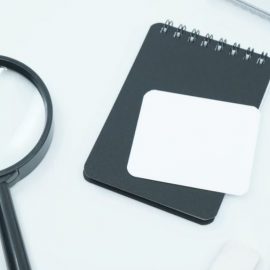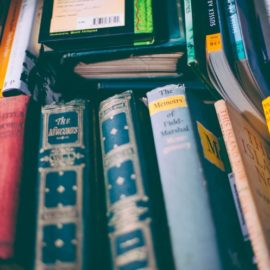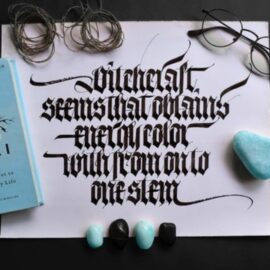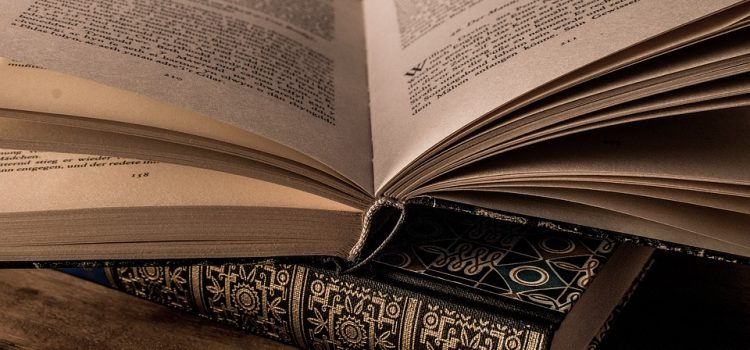
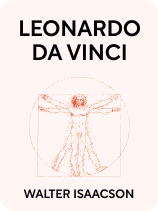
This article is an excerpt from the Shortform book guide to "Leonardo da Vinci" by Walter Isaacson. Shortform has the world's best summaries and analyses of books you should be reading.
Like this article? Sign up for a free trial here.
What is the book Leonardo da Vinci by Walter Isaacson about? What are the main takeaways of the book?
In his book Leonardo da Vinci, Walter Isaacson narrates the life, accomplishments, and struggles of the Italian painter, engineer, and scientist. He traces Leonardo’s evolution, finds explanations for his flaws, and extracts lessons from his life and work that you can apply to your own.
Read below for a brief overview of Leonardo da Vinci by Walter Isaacson.
Leonardo da Vinci by Walter Isaacson
In his book Leonardo da Vinci, Isaacson believes that making cross-disciplinary connections is at the core of being innovative, creative, and, ultimately, a genius, and there’s no better example of this than in Leonardo da Vinci. His studies in science, engineering, and art helped him satisfy his curiosity and understand the world around him, and they contributed to making his masterpieces scientifically accurate, ahead of his time, and mysterious. (Shortform note: David Epstein would agree with Isaacson’s idea of genius. In Range, Epstein argues that the way to achieve excellence is by having a generalist approach where you explore and experiment with different skills and areas of knowledge.)
The most important sources for this biography were the 7,200 pages of Leonardo’s notebooks. Isaacson also traveled to see his works of art in person and read academic articles and other biographies about Leonardo, including three by Leonardo’s contemporaries.
Part 1: Leonardo’s Life
Leonardo spent his life in many places—Vinci, Florence, Milan, Rome, and France. This section will explore his life from his birth in Vinci in 1452 to his death in France in 1519.
Born to Stand Out
According to Isaacson, throughout his life, Leonardo was popular and widely liked. He was handsome, stylish, and made friends easily. He expressed himself through his clothes and had a preference for short, pink robes. He was generous and uninterested in money. Leonardo worked just enough to support himself and spent the rest of his time investigating subjects that interested him.
Despite being popular, Leonardo was different from his contemporaries, which gave him the freedom to become the genius he was. Isaacson identifies four key differences between Leonardo and his peers:
1. He was an illegitimate son. Leonardo was born out of wedlock, which Isaacson claims had some advantages: His uncertain social and financial status freed him to follow his career and education with independence and boldness.
2. He was left-handed. Isaacson says Leonardo learned to write from right to left so that he wouldn’t smudge the ink with his hand. Using his left hand also made his brush strokes unique.
3. He was gay. And he didn’t hide it, despite sodomy being illegal. In his art, male nudes were lovingly depicted with much detail, while his portraits of women had psychological insight rather than anatomical detail.
4. He was a vegetarian. According to Isaacson, Leonardo loved animals and hated how they were treated. He dressed in plant-based fabrics, avoided killing insects, and bought caged birds to set them free. However, his love of animals didn’t get in the way of his scientific pursuits. He once opened up a pig whose heart was still beating to see how the ventricles worked.
Leonardo’s Death
At some point before October of 1517, Leonardo suffered a stroke that left his right hand incapacitated. Before his death, Leonardo wrote his will. Isaacson reports that he divided his property among Francesco, his half-brothers, Battista, Salai, and his cook.
Part 2: Leonardo’s Genius
Here, we’ll l explore the three qualities or elements that made Leonardo a genius. Isaacson argues that Leonardo deserves this moniker. While he didn’t have a superhuman mind or access to formal education, he nurtured the qualities he did have, and they led him to develop his unique genius. Those qualities were:
1) A universal curiosity that he channeled into observation and experimentation. He didn’t restrict himself to any specific subject, and Isaacson believes that this allowed him to make insights that were out of reach for people who only focused on only one skill or area.
2) The creativity that resulted from his intellectual curiosity and the free range of his imagination. Isaacson believes that Leonardo’s creativity allowed him to create art that melded scientific accuracy with the expressions of a powerful inner life.
3) Human flaws—as Isaacson explains, Leonardo battled with two major flaws that also shaped his unique genius: 1) perfectionism, which led him to abandon projects he couldn’t produce in the same way he had envisioned them, and 2) a lack of discipline, which meant he wasn’t bothered by time, money, or even the limits of what was possible in his time.
Isaacson explains that Leonardo’s perfectionism and lack of discipline meant he left behind unfinished works of art, engineering projects he designed but never built, and treatises on art and science he never finished or published. This perfectionism set humanity back some centuries because other people had to rediscover many of the insights he had already made.
But these flaws also humanized him and gave a distinct edge to his genius. Isaacson argues that his unfinished projects were often innovations that were centuries ahead of his time, or works in constant progress that he felt no rush to complete.
Part 3: Leonardo’s Lessons
While Leonardo’s particular genius was unique, you can replicate it by nurturing the same natural inclinations and leaning carefully into the same flaws. To achieve this, Isaacson’s book extracts lessons from Leonardo da Vinci that you can apply to be more like the Renaissance genius:
- Nurture an insatiable, child-like curiosity.
- Learn because it gives you pleasure, not because you need to.
- Pay attention to details.
- Let your imagination run free.
- Don’t be afraid of distractions or procrastination if they feed your creativity.
- Use critical thinking and experimentation to find the facts.
- Use visuals to understand complex ideas.
- Find the intersections between different subjects and areas.
- Seek perfection.
- Seek collaboration.
- Don’t let money dictate your passions.
- Write things down (even your to-do lists).
- Appreciate the mysteries you can’t delineate with sharp lines.

———End of Preview———
Like what you just read? Read the rest of the world's best book summary and analysis of Walter Isaacson's "Leonardo da Vinci" at Shortform.
Here's what you'll find in our full Leonardo da Vinci summary:
- A detailed look into the life, accomplishments, and struggles of Leonardo da Vinci
- Lessons from his life and work that you can apply to your own life
- What set Leonardo apart from other artists at the time


